On November 26, 1588, a moment of history unfolded off the coast of Fife that would be woven into the very fabric of Scottish lore.
Some 250 survivors from the Spanish Armada arrived in Anstruther after a treacherous journey through storm-tossed seas.
Their ship, El Gran Grifón, had been wrecked off the Fair Isle and they’d acquired another vessel as they tried to make their way home to Spain.
These men, starving and destitute, became part of a larger, tragic story of a failed invasion of England.
That moment, chronicled by East Neuk Minister James Melville in his diaries, marks the backdrop for The Pittenweemers – the final chapter in a sweeping historical fiction series by Vicki Masters (who uses the pen name V.E.H Masters).
How did St Andrews author learn about the Spanish Armada’s Anstruther encounter?
St Andrews-raised Vicki, 70, brings together real historical events with rich, fictional storytelling, creating a tapestry that explores the lives of ordinary people caught in extraordinary times.
This new book, launched at Toppings in St Andrews this month, brings her journey through the turbulent years of the Reformation to a surprising and poignant end.
For Vicki, who studied at Madras College, the story of the Spanish Armada survivors was a discovery that sparked her imagination.
“I was writing my first book when I learned about the Armada sailors pitching up at Anstruther,” she explains.
“I had never heard this story before, and I thought, ‘That’s brilliant.’ It’s one of those pieces of folklore that nobody knows if it’s real or not, but we know it happened because James Melville’s diaries tell us so.”
What was the Spanish Armada?
The Spanish Armada, a vast fleet sent by King Philip II of Spain in 1588 to invade England, had been battered by storms and defeated by the English navy.
Many of the ships – around 63 in total – were wrecked along the coasts of Scotland and Ireland, and El Gran Grifón, a supply ship, was among the unfortunate vessels that met its end near Fair Isle.
After surviving the wreck, the survivors, led by Commander Gómez de Medina, made their way south, desperately seeking help along the Scottish coast.
Vicki, in her final book of the series, imagines how these events might have unfolded for the people of Pittenweem and beyond.
“I was fascinated by the idea of the people of Anstruther waking up one morning and seeing this stricken ship in the bay,” she says.
“According to Melville, the survivors were starving, skeletal, and penniless when they landed.
“The local community – fishermen and sailors – came together to help them, even though they spoke no common language.”
How does The Pittenweemers blend fact with historical fiction?
In The Pittenweemers, the story revolves around Bethia, who returns to Scotland after 40 years of living abroad, now accompanied by her grandson Ephraim.
The rumours of the Spanish Armada echo in the air, and with them, tensions between Catholicism and Protestantism, which had defined Scotland’s history for decades.
As Bethia and Ephraim arrive in Pittenweem, they stir up fears and intrigue in the community.
Her brother Will, the town’s minister, has his own personal struggles, balancing his faith, his love for his sister, and the challenges of living in a country at war with its past.
“Will is loosely based on James Melville,” Vicki explains.
“He’s a character I’ve been developing over the course of the series, someone who has lived through the chaos of the Reformation.”
Poignant backdrop of Fife history
The historical moment of the Armada survivors, desperate and at the mercy of their Scottish hosts, becomes a powerful scene in the novel.
The sailors, who had been through hell and back, are depicted as pitiful and hungry.
Yet, rather than resorting to theft, they offer what little they have – Spanish gold – in exchange for food.
For Vicki, this blend of fact and fiction has been a way of bringing Scottish history to life in a way that is both engaging and educational.
She’s previously expressed concern about local history not being taught in schools.
“Historical fiction has always been a great way to teach people about history,” she says.
“You can weave in these real moments from the past while creating a compelling story about the people who lived through them.”
From St Andrews to Pittenweem: Bringing the book series to a close
Her interest in the Reformation began in her youth when she visited St Andrews Castle during a class trip and was captivated by its history.
Over the years, she has written five novels exploring the impact of the Reformation on one family.
Her books have sold well internationally, especially in the United States, where her historical tales resonate with readers fascinated by European history.
But her connection to Pittenweem, where she has family roots, makes The Pittenweemers, out now and published by Nydie Books, particularly personal.
“My daughter-in-law’s family is from Pittenweem, and I’ve always felt connected to that place,” she says.
“Yet, when I told them about the Armada survivors, they had never heard the story before. That was a moment when I realised how much history there is that remains untold.”

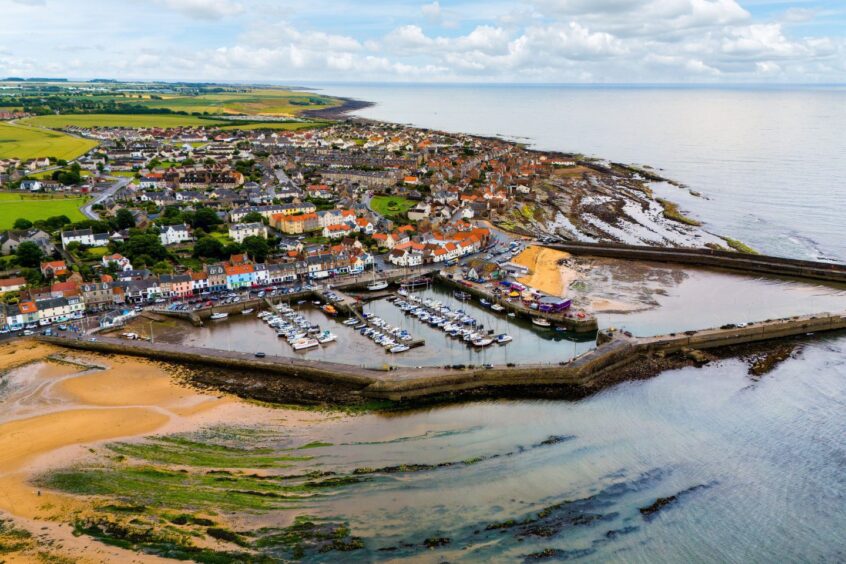
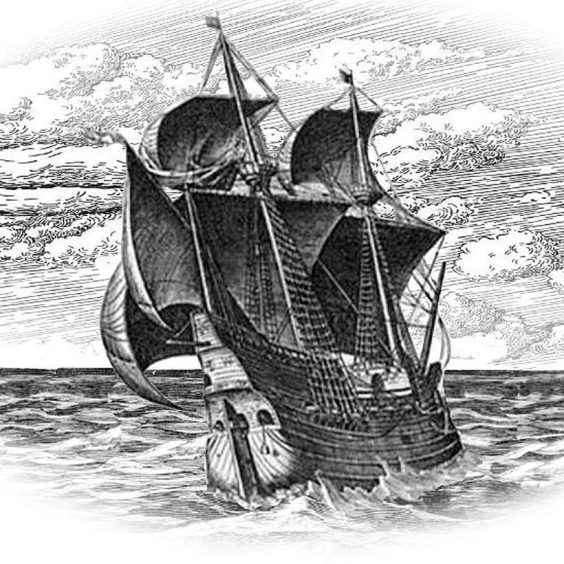
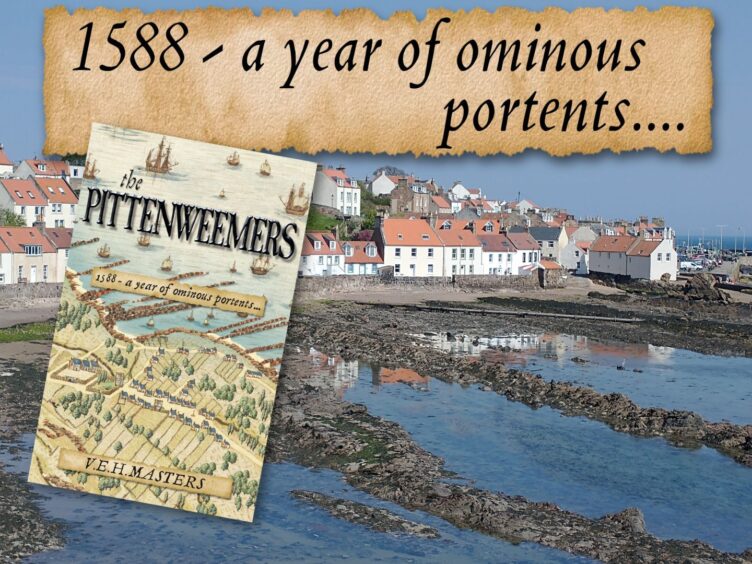
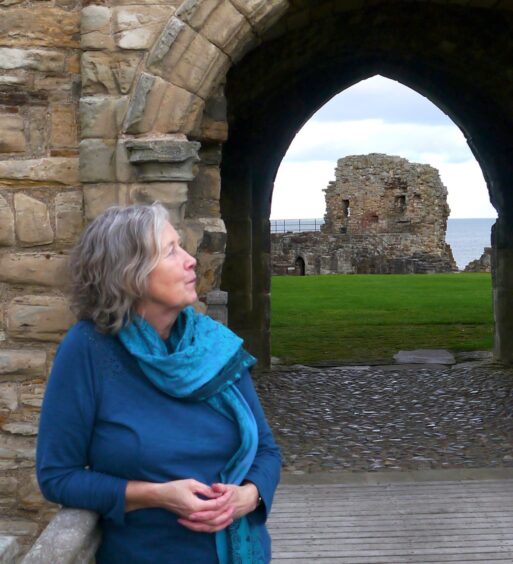
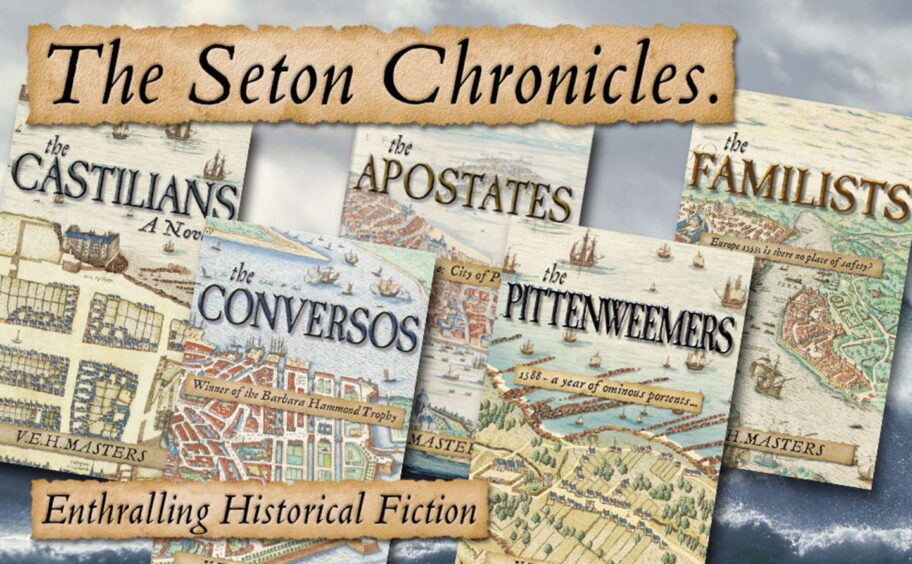
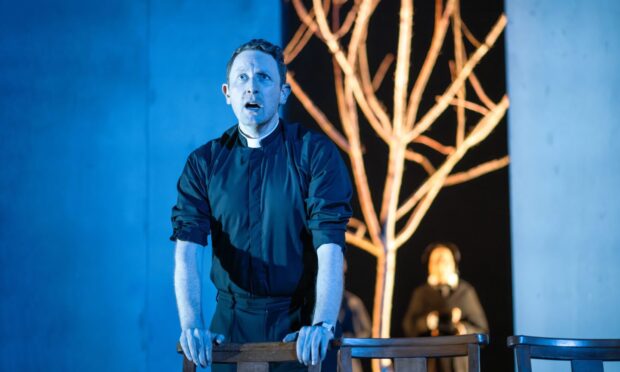
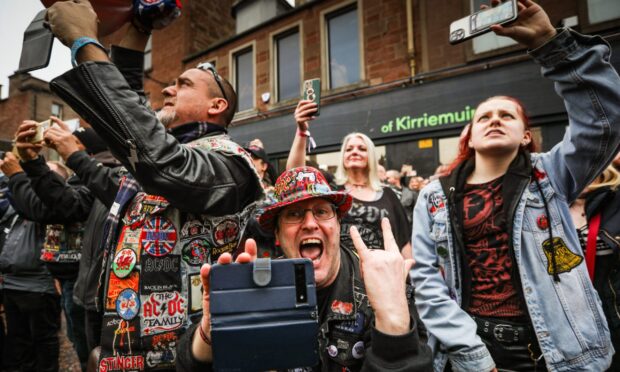


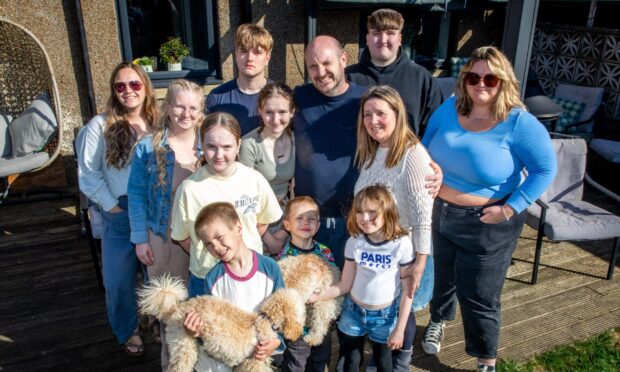
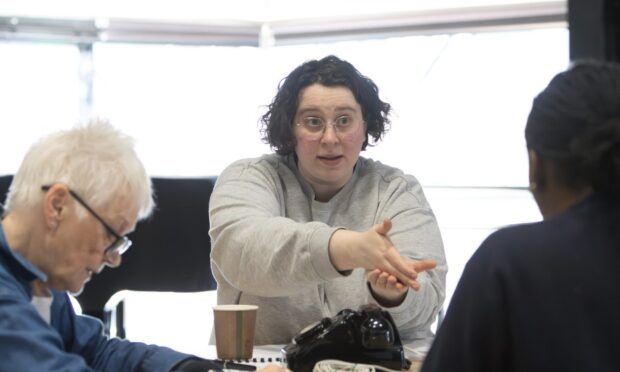


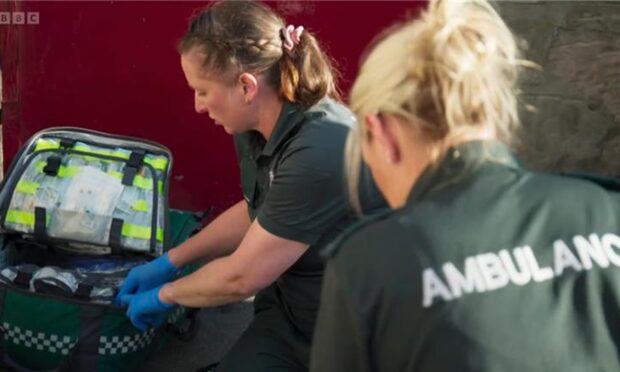

Conversation